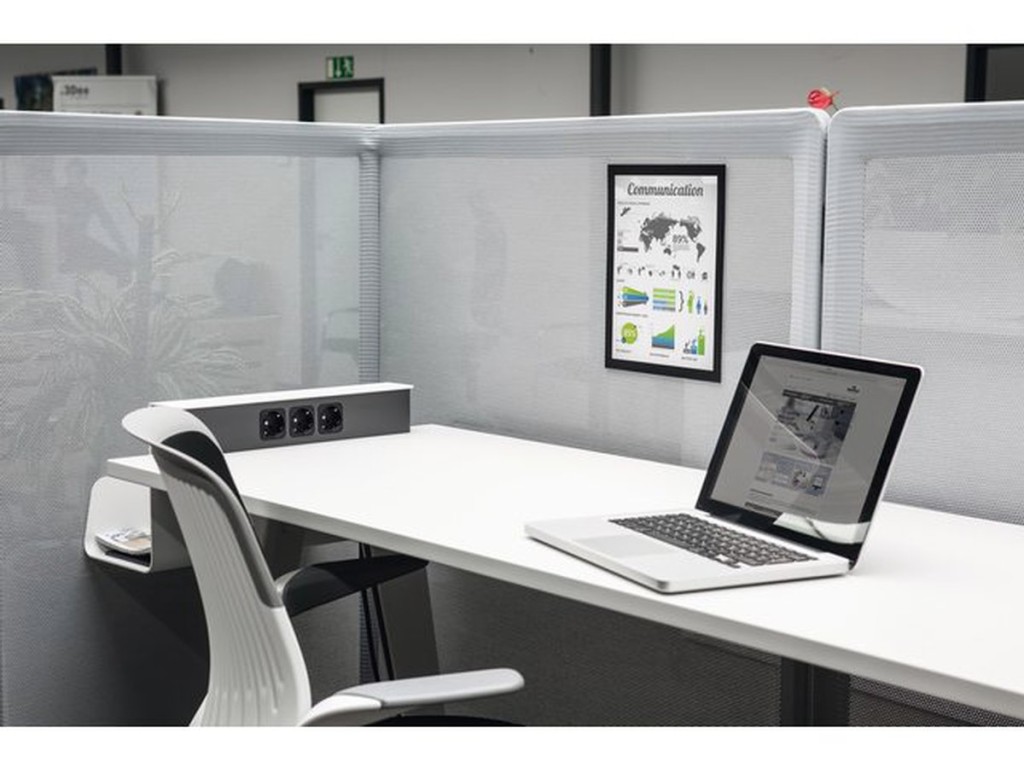

What Is Thermal Binding? A Beginner’s Guide
March 23, 2017Ever wanted to know “what is thermal binding?” You’ve come to the right place!
We recently explained about the different types of binding, which covered everything from comb binders to slide binders and everything in between. Most people will be familiar with a couple of those types of binding, but one of them might be new to you – thermal binding.
For the uninitiated, thermal binding machines, as you might expect, use heat to bind the documents to the cover. It’s a reasonably quick way of binding your documents and requires relatively little effort and gives a really professional finish.
It’s often used in binding books, but can be used for anything.
What are thermal binding covers?
Well the clue is in the name really. These are the covers you’ll use with which to bind your documents. There are various types of thermal binding cover available depending on what it is you need binding.
The most important thing to consider when choosing your covers is the thickness of your documents. If you just have a few pages then you’ll only need a thin cover and, conversely, if you have more pages, you’ll obviously need a thicker cover.
Here at JFK Binding Supplies, we have a range of thermal binding covers, ranging from 1.5mm to 12mm. Make sure you accurately measure your documents so you get the right size, as once it’s bound, you wont be able to change it.
Thermal binding covers are available in hard and soft back styles, but the crucial thing is that they have glue already in the spine of the cover.
How does thermal binding work?
It’s all very simple, really. In fact, it’s probably easier than most other types of binding. With the glue already in the spine of the cover, you insert your documents and then pop the whole thing in the thermal binding machine.
The machine works a bit like a toaster, heating the glue within the cover so that it binds to the paper you have inserted. In, usually, less than a minute, the machine will beep letting you know that it’s all done.
It might sound like you’re baking a cake, but once it’s finished, you need to leave your binding to cool for a few minutes so that the glue sets and keeps the paper secure.
Hey presto, your binding is done! Thermal binding is a more permanent form of binding, which looks very professional, but it’s not that easy to add and remove pages – although it is possible by reheating the spine.
Advantages of thermal binding
- It looks very professional
- It’s quick, usually taking around a minute or less
- The paper doesn’t have to be punched
- More than one book can be bound at once
Disadvantages of thermal binding
- As an initial outlay, the machines can be quite expensive
- It’s not easy (although possible) to add and remove pages
- Pages can’t be opened 360 degrees
Is thermal binding right for you?
If you’re looking to professionally bind something, then this is definitely the best option as it produces really excellent results in a short time with minimal effort. If you’re binding books then you’ll need thermal binding machines, and many print shops will also use it to bind documents.
University dissertations looks fantastic when thermal bound, whilst solicitors may also use it when sending documents to clients and to court as it’s difficult to remove pages and is obvious if someone has done so.
If you’re office regularly produces brochures and catalogues and you want them to look sleek and attractive, then thermal binding is a great choice.
If you’d like to speak to us about your thermal binding needs, please get in touch.



